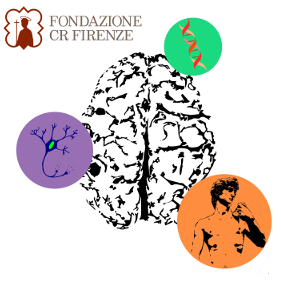The following grants were secured partially on the basis of the preliminary results obtained in the “Human brain optical mapping” project.
EIC Pathfinder – HyperProbe
In recent years, through the advancement of imaging technologies (such as MRI, PET, CT, among others) clinical localisation of lesions of the central nervous system (CNS) pre-surgery has made possible for neurosurgeons to plan and navigate away from functional brain locations when removing tumours. However, neuronavigation in the surgical management of brain tumours remains a significant challenge, due to the inability to maintain accurate spatial information of lesioned and non-lesioned locations intraoperatively. To answer this challenge, we have put together a team of engineers, physicists, data scientists and neurosurgeons to develop an innovative, all-optical intraoperative imaging system based on (i) hyperspectral imaging (HSI) for rapid, multi wavelength spectral acquisition, and (ii) artificial intelligence (AI) for image reconstruction and molecular fingerprint recognition. Our intraoperative HSI system (HyperProbe) will (1) map, monitor and quantify biomolecules of interest; (2) be handheld and user-friendly; (3) apply AI-based methods for the reconstruction of spectral images, the analysis of spatio-spectral data and the development and quantification of novel biomarkers. We will validate the developed capacity in phantoms, in vivo against gold standard modalities in neuronavigational imaging, and finally provide proof of principle during brain tumour surgery. HyperProbe aims at providing functional and structural information on biomarkers of interest that is currently missing during neuro-oncological interventions.
Project partners:
- UNIFI
- Emoled s.r.l.
- Technical University of Munich – TUM
- University of Lyon – CREATIS
- University Hospital of Lyon – HCL
- Azienda Ospedaliera Universitaria di Careggi – AOUC
- European Institute for Biomedical Imaging Research
- University College London – UCL
PNRR EBRAIN-Italy
EBRAINS-Italy is a project financed by the PNRR that sees the collaboration among the CNR, Istituto Nazionale di Fisica Nucleare, Istituto Superiore di Sanità, POLIMI, POLITO, Scuola Internazionale Superiore di Studi Avanzati, Scuola Normale Superiore, Scuola Superiore Sant’Anna, UNIFI, UNIMI, UNIMORE, UNINA, UNIPD, UNIPV, UNISS and UNIROMA1 (Sapienza).
EBRAINS-Italy will be the Italian node of the EBRAINS European distributed infrastructure. It aims at enabling clinical and experimental activities in the Health sector to adequately exploit the most advanced modeling, computational and analytical technologies available in the neuroscience field. The main objective is to bring together in a research infrastructure several groups of the highest
scientific, technical, and organizational abilities in the field of experimental/theoretical neuroscience operating in Italy, integrating the activities in order to guarantee synergies and generate a substantial increase of scientific, industrial, and societal outcomes on the whole national territory. The results obtained by the project, in terms of know-how, multidisciplinary resources such as new and unique
experimental data, instrumentation and software specific for neuroscience, advanced computational models, specialized training, and HPC resources, most of which will be available from a single access point, will strengthen the competitiveness of enterprises, and the development of new international collaborations and innovative methods for research and development.
PNRR SEELIFE
SeeLife is a project financed by the PNRR that sees the collaboration between the CNR and the Universities of Firenze, Genova, Pisa and Torino.
SeeLife is aimed at strengthening the Italian network of the European research infrastructure Euro-BioImaging ERIC (EuBI-ITA), a reference consortium for biological and biomedical imaging, recognized by the European Strategy Forum on Research Infrastructures (ESFRI). Through Euro-BioImaging, the life sciences scientific community has open-access to state-of-the-art imaging equipment and technologies, as well as expertise and opportunities for training and data management services with high quality standards.
The main objectives of SEE LIFE are:
O1: empowering the technological portfolio offered to the national scientific community by the research facilities belonging to the national network of the European infrastructure.
O2: strengthening the integration between biological and medical imaging fields and creating synergy to offer innovative and highly multidisciplinary research services.
O3: promoting multidisciplinary training paths for building up and disseminating knowledge and skills within the biomedical imagin field.
O4: finding connections and promote networking with other national infrastructures operating in life sciences area
